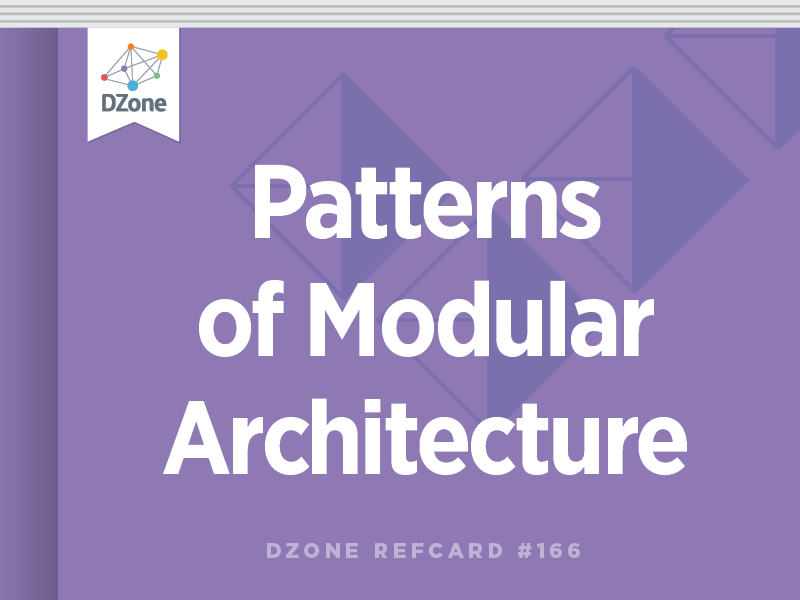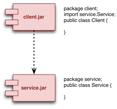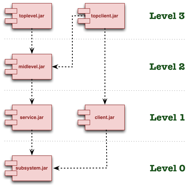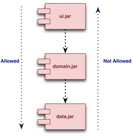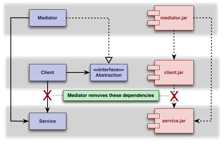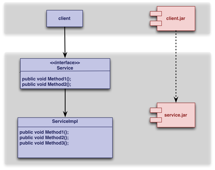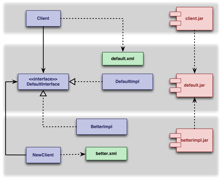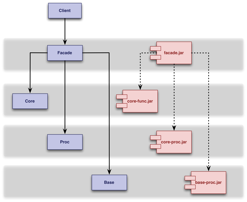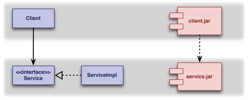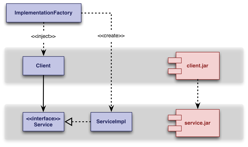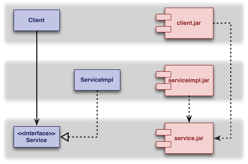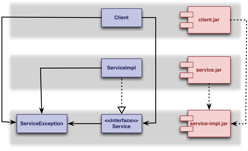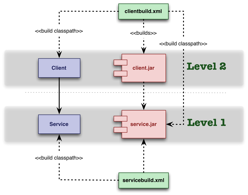About the Modularity Patterns
Module frameworks are gaining traction on the Java platform. Though modularity isn't a new concept, it promises to change the way we develop software applications. You'll only be able to realize the benefits of modularity if you understand how to design more modular software systems.
The modularity patterns lay the foundation necessary to incorporate modular design thinking into your development initiatives. No module framework is necessary to use these patterns, and you already have many of the tools you need to design modular software. This refcard provides a quick reference to the 18 modularity patterns discussed in the book Java Application Architecture: Modularity Patterns with Examples Using OSGi.
The modularity patterns are not specific to the Java platform. They can be applied on any platform by treating the unit of release and deployment as the module. Each pattern includes a diagram (except for base patterns), description, and implementation guidance.
Base Patterns: Fundamental modular design concepts upon which several other patterns exist.
Dependency Patterns: Used to help you manage dependencies between modules.
Usability Patterns: Used to help you design modules that are easy to use.
Extensibility Patterns: Used to help you design flexible modules that you can extend with new functionality.
Utility Patterns: Used as tools to aid modular development.
Logical vs. Modular Design
Almost all well-known principles and patterns that aid software design address logical design. Identifying the methods of a class, relationships between classes, and the system package structure are all logical design issues. The vast majority of development teams spend their time dealing with logical design issues. A flexible logical design eases maintenance and increases extensibility.
Logical design is just one piece of the software design and architecture challenge, however. The other is modular design, which focuses on the physical entities and the relationships between them. Identifying the entities containing your logical design constructs and managing dependencies between the units of deployment are examples of modular design. Without modular design, you may not realize the benefits you expect from your logical design. The modularity patterns help you:
- Design software that is extensible, reusable, maintainable, and adaptable.
- Design modular software today, in anticipation of future platform support for modularity.
- Break large software systems into a flexible composite of collaborating modules.
- Understand where to place your architectural focus
- Migrate large-scale monolithic applications to applications with a modular architecture.
The Two Facets of Modularity
There are two facets of modularity.
The runtime model focuses on how to manage software systems at runtime. A module system, such as OSGi, is required to take advantage of the runtime model.
The development model deals with how developers create modular software. The development model can be broken down into two subcategories. The programming model is how you interact with a module framework to take advantage of the runtime benefits of modularity. The design paradigm is the set of patterns you apply to design great modules.
A module framework gives you runtime support and a programming model for modularity. But a module framework won't help you design great software modules. The patterns in this refcard address the design paradigm and help you design modular software.
Module Defined
A software module is a deployable, manageable, natively reusable, composable, stateless unit of software that provides a concise interface to consumers. On the Java platform, a module is a JAR file, as depicted in the diagram. The patterns in this refcard help you design modular software and realize the benefits of modularity.


